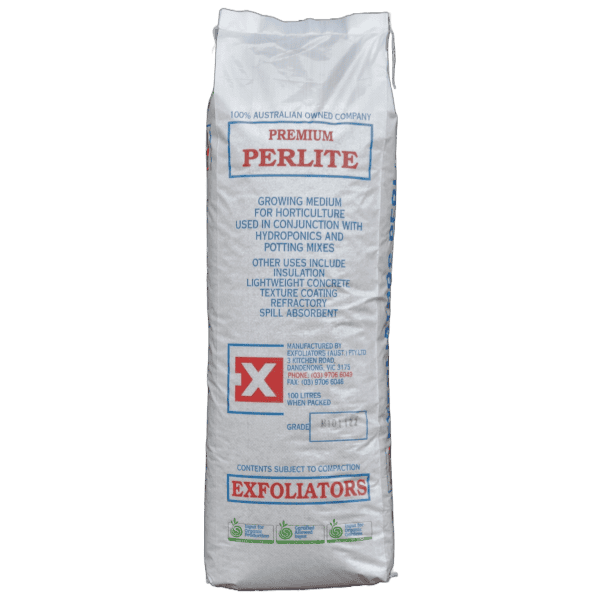In any garden, conserving water and ensuring efficient water usage is crucial for both plant health and cost savings on your water bill. It’s important to incorporate water-saving strategies right from the start when planning your garden.
In this blog, we will explore various techniques and practices that can make your garden, plants, and trees more water efficient, resulting in improved garden performance and reduced water consumption.
Mulching
Utilising mulch around your plants and trees is a simple yet effective way to conserve water. Mulch acts as a protective layer, reducing evaporation and maintaining soil moisture levels. Here’s how mulching can save water in your garden:
- Moisture Retention: Mulch acts as a barrier between the soil and the air, slowing down evaporation and preserving soil moisture. It prevents water from quickly evaporating under the sun’s heat, keeping the soil consistently moist for longer periods. This means you can water less frequently while ensuring your plants have access to the moisture they need.
- Weed Suppression: Mulch helps prevent weed growth by blocking sunlight and inhibiting weed seed germination. Weeds compete with your plants for water, nutrients, and space. By reducing weed growth through mulching, you can focus the available water resources on your desired plants, reducing the overall water requirements of your garden.
- Soil Temperature Regulation: Mulch acts as an insulating layer, regulating soil temperature by keeping it cooler during hot weather and warmer during cold weather. This temperature regulation helps minimise water loss due to extreme temperatures and ensures that plants can efficiently utilise the available water.
- Erosion Control: Mulch helps prevent soil erosion by providing a protective cover against heavy rainfall or irrigation. It allows water to infiltrate the soil slowly, reducing runoff and allowing plants to absorb water more effectively.
- Improved Soil Structure: Over time, mulch breaks down and enriches the soil with organic matter. This improves soil structure, enhancing its water-holding capacity and reducing the need for frequent watering.
Tree Surrounds
Installing tree surrounds or tree guards around the base of your trees can help create a water-efficient environment. Tree surrounds play a crucial role in water conservation within your garden. By creating a protective zone around the base of your trees, tree surrounds help to save water in the following ways. Firstly, they prevent weed growth, reducing competition for water and nutrients.
This allows the trees to receive a larger share of the available water. Secondly, tree surrounds act as a barrier, minimising evaporation from the soil surface. They help retain moisture, ensuring it reaches the tree’s root system.
Lastly, tree surrounds can redirect water towards the tree’s roots, preventing runoff and maximising water absorption. Implementing tree surrounds is an effective strategy for water conservation and supporting healthy tree growth.
Perlite
Incorporating perlite into your garden soil can significantly improve water efficiency. Perlite is a lightweight, porous material that helps retain moisture while also promoting proper drainage. Mix perlite into your soil to enhance its water-holding capacity and prevent waterlogging.
 Water Sprinkler & Timer
Water Sprinkler & Timer
Efficient watering systems, such as water sprinklers with timers, ensure precise and controlled water application. Set up a sprinkler system with a timer to deliver water directly to the root zones of your plants and trees, minimising wastage through evaporation and runoff.
Shade Cloth
During periods of intense sunlight, using shade cloth over your garden beds or individual plants can help reduce water loss due to evaporation. Shade cloth provides protection from excessive heat and sun exposure, allowing plants to conserve water more efficiently.
 Drip Irrigation
Drip Irrigation
Consider installing a drip irrigation system, which delivers water directly to the base of each plant. Drip irrigation reduces water waste by delivering water slowly and precisely to the root zones, minimising evaporation and runoff.
Additional techniques for water-wise gardening
Rainwater Harvesting
Collect and utilise rainwater by installing rain barrels or tanks. This harvested water can be used for watering your garden, reducing dependency on municipal water sources.
Companion Planting
Employ the concept of companion planting to maximise water efficiency. Pairing plants with different water needs can help create microclimates and optimise water usage within your garden.
Soil Amendment
Improve soil structure and water-holding capacity by incorporating organic matter, such as compost or well-rotted manure. Amended soils retain moisture better, reducing the frequency of watering.
Conclusion:
By implementing these water-saving techniques in your garden, you can enhance water efficiency, promote healthier plant growth, and reduce water consumption. Conserving water not only benefits your garden but also contributes to overall environmental sustainability. Take the initiative to make your garden water-wise from the start, and enjoy a thriving and sustainable garden for years to come.